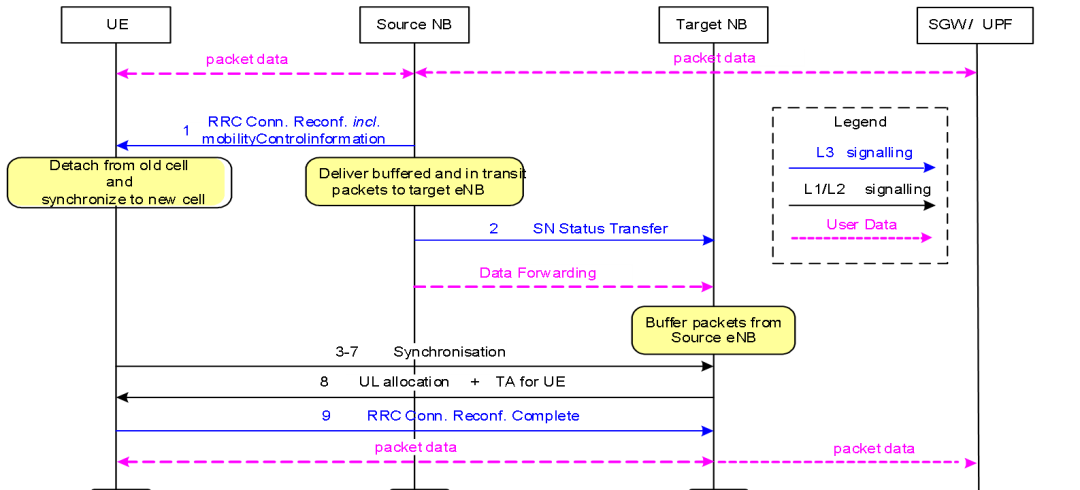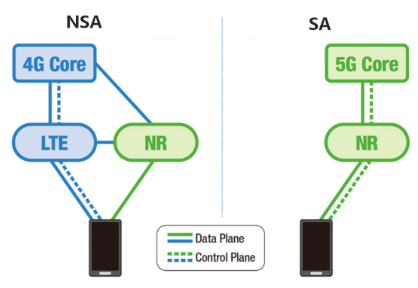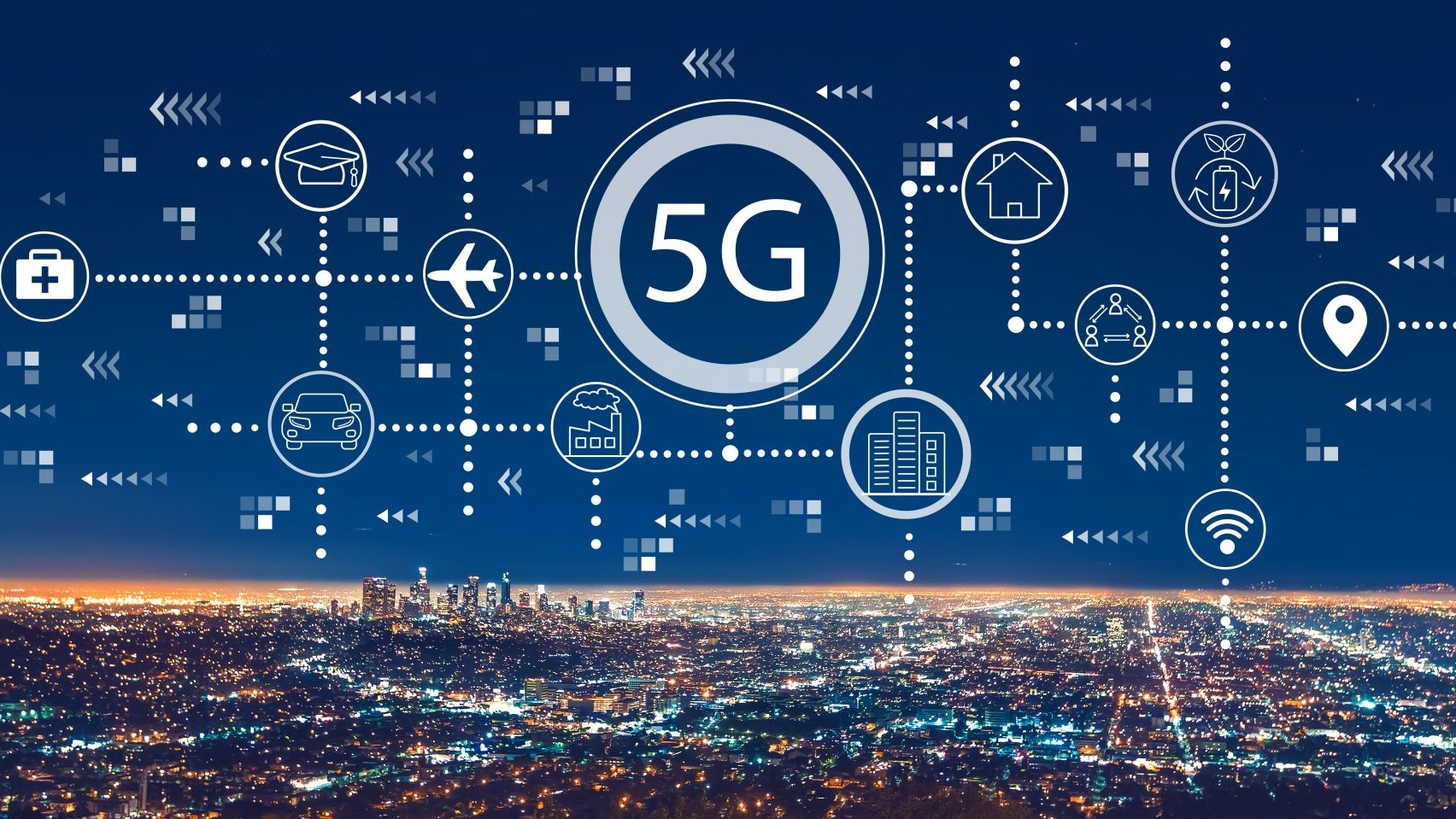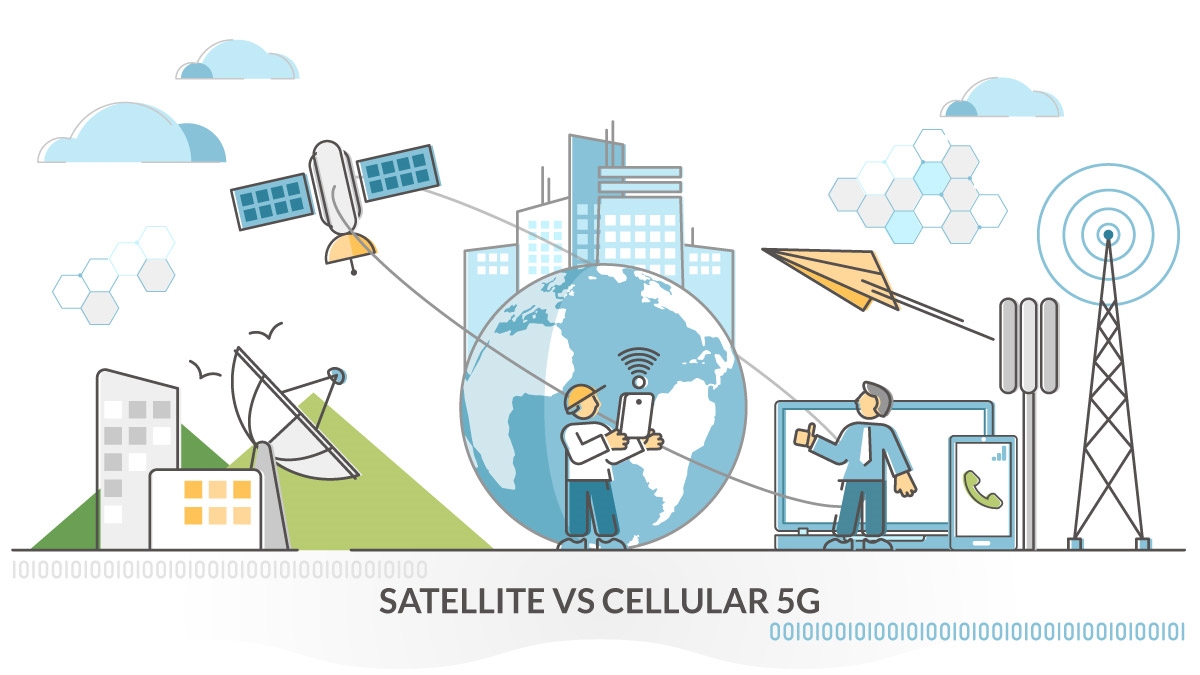Overview
5G network architecture inherits from 4G and only supports packet switching, not circuit switching. The 5G core network (5GC) itself cannot directly support voice services and must rely on an IP Multimedia Subsystem (IMS).
When integrated with IMS, native voice calling is supported. Voice over NR based on 5G is called VoNR (Voice over NR). Voice services on 4G with IMS are called VoLTE (Voice over LTE). When NR coverage is absent, calls fall back to VoLTE, and can further fall back to circuit-switched voice provided by 3G or 2G where available.
EVS Codec Support
VoNR supports the EVS (Enhanced Voice Service) codec. Compared with other common voice codecs such as AMR-WB (Adaptive Multirate Wideband), EVS can deliver the same voice quality at lower bitrates, increasing system capacity, or provide higher voice quality at the same bitrate. EVS includes five modes: EVS-NB (narrowband), EVS-WB (wideband), EVS-SWB (super wideband), EVS-FB (fullband), and AMR-WB I/O (AMR-WB input/output).
VoNR Call States and Call Flow
VoNR voice calls have two states:
- Talk spurts: Periods when the user equipment transmits uplink voice frames or receives downlink voice frames. Voice frames are sent every 20 ms, and frame size depends on the current codec bitrate.
- Silent period: Periods of silence when the codec may switch to lower bitrate or comfort noise generation to save resources.
VoNR Options in Standalone (SA) Mode
There are two choices for VoNR deployment in SA architecture.
- Option 1: Enable VoNR; when NR coverage is absent, calls fall back to VoLTE.
- Option 2: Do not enable VoNR; always fall back to VoLTE for voice.
Handover Between 5G and 4G
With non-contiguous 5G coverage, the system can smoothly switch between VoNR and VoLTE without affecting user experience. The 5G-to-4G handover process is shown below.

Handover from 5G to 4G adds approximately 20–30 ms latency compared with intra-4G handovers, equivalent to 1–2 additional packets. With handover buffering, user experience is generally unaffected.
NSA Mode and Dual Connectivity
In NSA (non-standalone) architecture, 5G introduces dual connectivity, allowing devices to connect to both 4G and 5G base stations simultaneously and perform carrier aggregation across 4G and 5G carriers.
Under dual connectivity, carrier aggregation scenarios include:
- Carrier aggregation within 4G or within 5G
- Carrier aggregation between 4G and 5G

All combinations of carrier aggregation under dual connectivity are defined by protocol specifications.
 ALLPCB
ALLPCB







